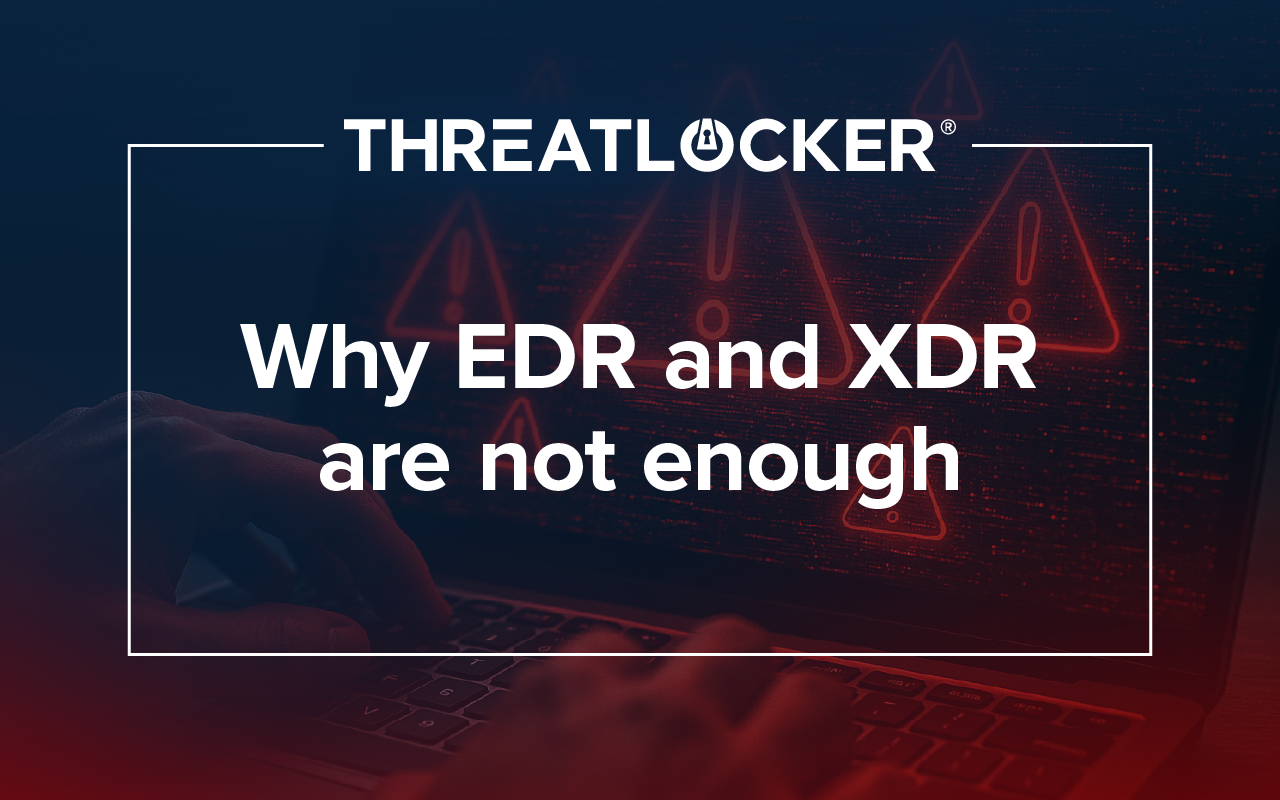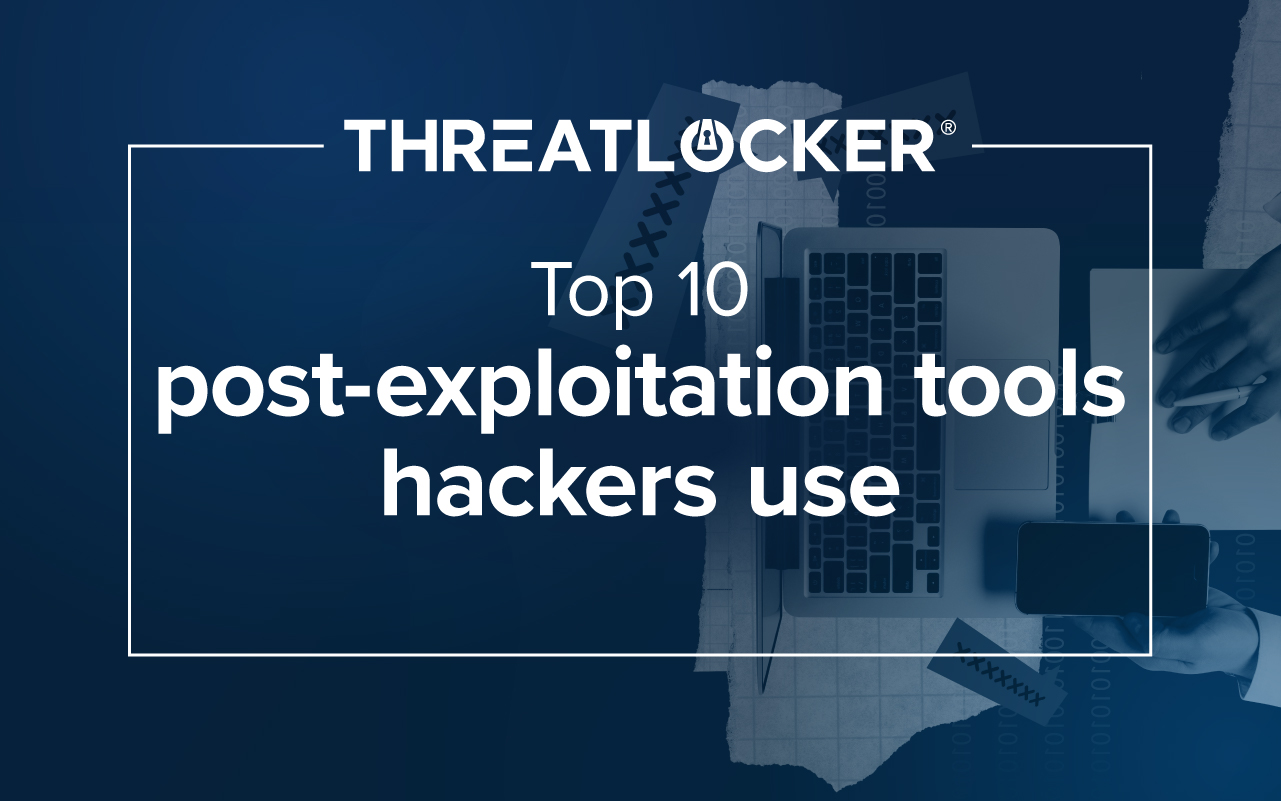Table of contents
File Integrity Monitoring (FIM) is critical in safeguarding digital assets and ensuring cybersecurity.
At its core, FIM is designed to monitor and detect file changes, alerting administrators to potential security breaches or compliance issues. It serves not only as a defensive mechanism against external threats but also as a tool for internal compliance and operational integrity.
Understanding the dynamics of File Integrity Monitoring is essential for navigating the complexities of today's cybersecurity challenges. Today, we explore the nuances of FIM, offering insights into its functionality, implementation strategies, and evolving role in the digital security landscape.
Why file integrity monitoring matters
It is common practice for organizations to invest in security. Whether that be a camera system or security guard, these go hand in hand to protect their property. But what about an organization's intangible assets?
File Integrity Monitoring software is like a security guard for your computer systems and critical files. It keeps an eye on any unauthorized changes that happen to your organization's data and systems that could be indicative of a cyberattack or other threat. FIM is a comprehensive approach to security that works by simultaneously:
- Guarding Your Files: FIM tools monitor your files just like a security guard monitors a building. It would be impossible for one person to have eyes on all of your files, and this is where FIM comes in.
- Monitoring Changes: FIM constantly checks your files to see if anyone adds, removes, or changes anything inside them without authorization.
- Providing Alerts: When the software notices an abnormal or unauthorized change, it can alert you. This alert notifies you when someone or something has tampered with one of your files so you can take action to secure your systems and maintain compliance.
- Recording Activity: FIM software also keeps a record of these changes. This record is essential for identifying patterns of suspicious activity and beginning an investigation.
While File Integrity Monitoring is often used to protect critical files, it can also monitor anything from servers, databases, and operating systems to critical applications and Cloud environments. Any important data or system your organization uses to store information can benefit from the watchful eye of FIM.
Monitoring changes with FIM software
File Integrity Monitoring is a comprehensive solution that looks for various activities that could be the precursor to a cyberattack. Let us take a closer look at the kind of activity FIM can look for:
- File changes: Of course, FIM watches for any unauthorized file modifications. It will monitor if any document, program, or critical file is changed, added, or deleted.
- File access: It also tracks who opens and uses your critical files. If someone unauthorized attempts to gain access, it can alert you.
- Permission changes: Permissions control who can make changes to your files. FIM monitors if permissions on your files change, which can help prevent escalated privileges.
- System configuration changes: This software can monitor unauthorized modifications to system settings and configurations and alert you if someone tries to tamper with your computer's settings.
- Malware detection: Along with any suspicious activity, FIM can help spot malicious software trying to make changes to your files or system.
- Logs: By monitoring logs and records of activities, FIM can identify if someone attempts to tamper with data to hide their actions.
File Integrity Monitoring software can track various activities that could indicate a cyberattack. It pays special attention to critical system files, which raises an immediate red flag if these are tampered with.
How FIM filters noise
File Integrity Monitoring tools need to be able to distinguish between harmless changes and suspicious ones. After all, IT is incredibly dynamic. Authorized and necessary modifications to files and systems occur all the time. Though most changes are legitimate, it just takes one unauthorized change to cause a data breach.
Often, changes are approved and executed properly. In this case, the FIM does not need to send any alerts. Identifying these "good" changes ensures security teams do not experience alert fatigue from an overwhelming number of alerts.
Sometimes, changes are approved but not executed correctly. A FIM should be able to detect these accidents and alert security teams so they can fix the issue. Then, there are blatant malicious changes. These are often unexpected and could be harmful. These events trigger an immediate alert that teams should address immediately.
Threat intelligence can help FIM learn to distinguish between these types of changes. Allowlisting and blocklisting, for instance, can provide a breakdown of known changes to prevent false alerts and known harmful changes to block them immediately.
The importance of FIM for compliance
FIM is foundational for cybersecurity. However, this constant monitoring is also essential for many compliance regulations. Many regulations, such as the Health Insurance Portability and Accountability Act (HIPAA) or the Payment Card Industry Data Security Standard (PCI DSS), require organizations to ensure the integrity of sensitive data.
PCI DSS Requirement 10.5.5 requires organizations to "Use file integrity monitoring or change-detection software in logs to ensure that existing log data cannot be changed without generating an alert." FIM ensures consistent monitoring to verify that data remains unchanged and secure, preventing unauthorized alterations or deletions.
Other regulations, such as the General Data Protection Regulation (GDPR) - and the closest equivalent in the United States, the California Consumer Privacy Act (CCPA) - also require organizations to protect personal data. Since FIM helps ensure that sensitive data remains secure and unaltered, it is essential for compliance with these sweeping regulations.
FIM helps organizations demonstrate their commitment to data security and regulatory compliance. Organizations across industries – not just those in healthcare or finance – should consider investing in FIM to protect their data and ensure compliance.
File integrity monitoring best practices
As with any solution, it is essential to wield FIM software correctly for the best results. Adhering to these best practices can create a robust File Integrity Monitoring system to protect your organization's critical assets.
- Set objectives: Define what you want a FIM to monitor, including your critical systems and the changes it should track. This crucial first step will guide implementation.
- Select a solution: Choose File Integrity Monitoring tools that align with your objectives and regulatory requirements. The best File Integrity Monitoring solutions improve as they continue to learn.
- Baseline your environment: For FIM to work, a baseline of normal behavior must be established. This process serves as a baseline for detecting abnormal changes.
- Prioritize critical systems: Focus your monitoring efforts and alerts on critical systems and files. In other words, allocate resources where they are the most needed.
- Test and validate: Regularly test and validate your FIM solution by simulating different security incidents to ensure it works as expected and filters out noise properly.
- Regularly review and improve: Review your FIM implementation regularly and assess its effectiveness. Make improvements based on lessons learned and changing security needs.
Remember, FIM is just one piece of the cybersecurity puzzle. This monitoring and threat detection type is even more effective with the right integrations. Security information and event management (SIEM) integration is recommended to make these capabilities more robust.
Microsoft explains how SIEM technology collects event log data from various sources and identifies activity that deviates from the norm. An Integration with a FIM tool can provide a more comprehensive view of your security landscape.
Similarly, a robust incident response plan is crucial. While an FIM solution can flag suspicious activity, security teams must have procedures in place to respond to incidents so they do not escalate.
Complement your file integrity monitoring
In conclusion, File Integrity Monitoring is an essential pillar in cybersecurity. It is more than just a tool to check off for compliance; it is part of a robust security plan. This powerful solution acts as a vigilant guardian, tirelessly watching over your digital assets and systems, ensuring their integrity so your team can swiftly respond to suspicious activity.
In an era where digital security is paramount, File Integrity Monitoring is an invaluable ally in the ongoing battle against cyber threats. It empowers enterprises to protect their critical systems and sensitive data while providing the necessary insights to enhance security measures.
Learn more about how threat intelligence can fortify your cybersecurity solutions. Take Control of Your Cybersecurity with a Free Trial from ThreatLocker.





